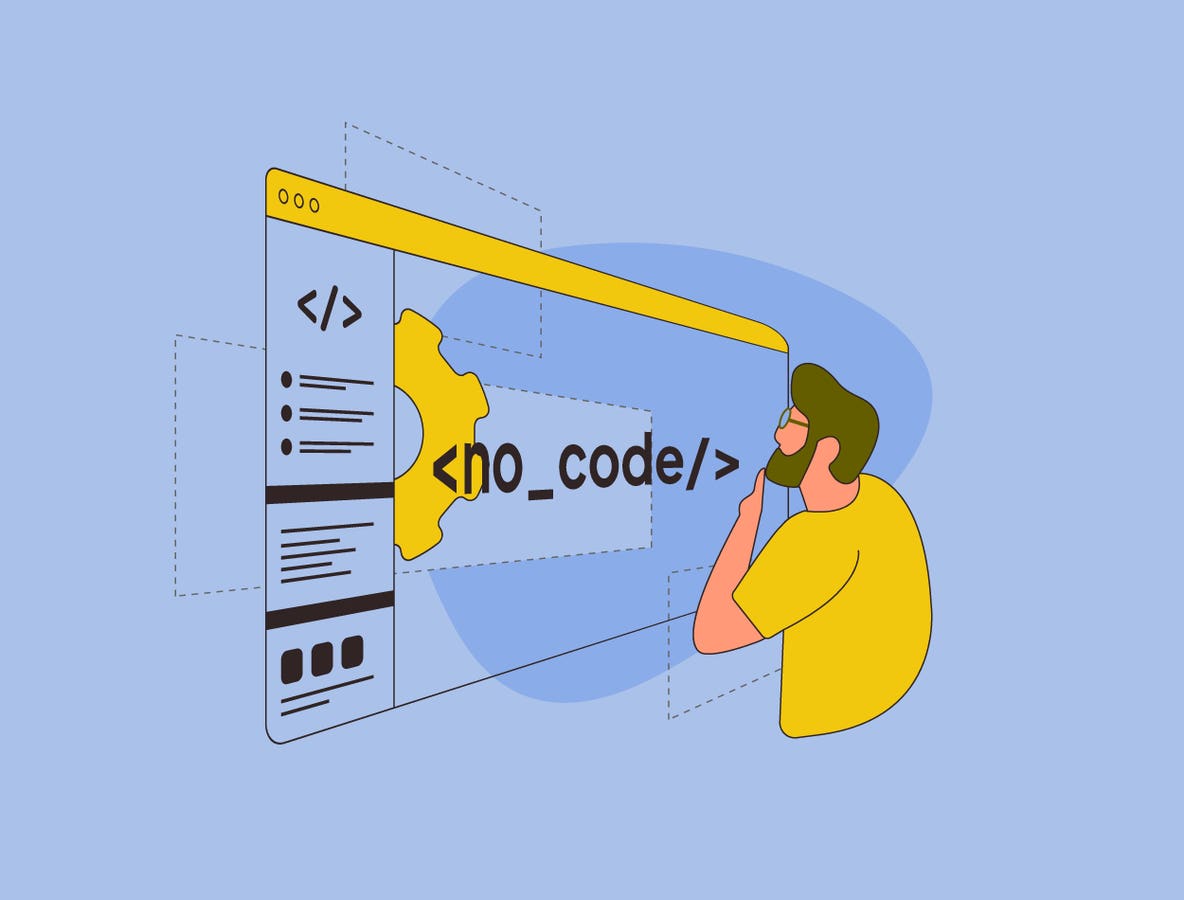From side projects to real revenue, no-code AI tools are helping creators build businesses without … More
Last month, Wix acquired Base44, a small AI startup, for $80 million in cash. The company had no traditional engineering team in its earliest days — just a solo founder using no-code tools and AI APIs to launch an early prototype. Eventually, that solo effort grew into an 8-person team and a fully functional product built almost entirely without conventional software development.
What made the acquisition remarkable wasn’t just the price tag but the path the company took to get there. Base44 didn’t raise venture capital or follow the standard Silicon Valley playbook. Instead, it showed that with the right no-code AI platforms, a lean team could build scalable products, attract real users and drive enterprise-level value.
Across the startup world, that model is catching on. More non-technical creators are launching monetizable AI tools using platforms that simplify model customization, hosting, and deployment. What used to require an entire dev team now takes a laptop, a clear niche and a few powerful APIs.
This shift isn’t just technical but also economic. In an ecosystem where AI infrastructure is expensive and developer talent is scarce, no-code AI platforms are unlocking a new form of entrepreneurship. More people can now turn niche knowledge into usable models, sell their creations and break even within months or even weeks.
From Power Users To Product Creators
“The real unlock wasn’t just AI access — it was AI ownership,” said Manouk Termaaten, founder of Vertical AI, a no-code platform that allows users to fine-tune, deploy and commercialize AI models without writing a single line of code. In just three months, Vertical AI has grown to about 30,000 users and now handles over 100,000 prompts each month.
Its core appeal lies in what Termaaten calls “creator sovereignty,” where users don’t just interact with AI, but they help to shape it. Using an intuitive interface, they can build custom models for specific tasks or audiences, run them using decentralized compute and monetize their work through a growing marketplace.
“We focused on solving a real problem first,” Termaaten said. “Because if the product doesn’t work, it really doesn’t matter how clean your code is or how clever your tokenomics are.”
That philosophy reflects a larger trend. According to CoinGecko’s Q1 2024 report, less than 15% of Web3 projects show consistent user activity or recurring revenue. In contrast, no-code AI tools — from Vertical AI to platforms like Builder.ai and MindStudio — are gaining real traction by solving real problems.
The Rise Of Prompt-Native Products
The no-code AI boom is fueling a new category of solo entrepreneurs: prompt-native builders. These are creators who use prompts and APIs — not traditional code — to build lightweight tools for specific communities or industries. Many are monetizing directly through paid access, integrations, or AI model marketplaces.
Some are building chatbot therapists trained on dialectical behavior therapy. Others are launching podcast scripting assistants, immigration law bots, or real estate onboarding tools. What they share is speed: launching a functional product in days, sometimes hours.
Vertical AI founder, Manouk Termaaten
“There’s a misconception that technical complexity equals defensibility,” said Termaaten. “But what’s defensible today is understanding your audience better than anyone — and getting a product to them before a VC-funded team even finishes sprint planning.”
In this model, compute becomes a service. Personalization becomes the product. And the traditional startup playbook — raise capital, hire engineers, build infrastructure — starts to feel not just slow, but overbuilt.
The ROI Of Building Small
Part of this acceleration comes from the economics behind decentralized or optimized compute. Platforms like Vertical AI are tapping into distributed GPU networks to cut costs by 40–50% compared to traditional cloud providers. That efficiency makes launching a paid tool or side project feasible for an individual.
The unit economics are simple but beneficial: For under $100 in infrastructure costs, creators can launch AI products that deliver real value, often through subscriptions or metered usage. Many of these projects become profitable with just a few hundred users.
“We wanted to offer the convenience of centralized compute, but with the pricing and control of decentralized systems,” Termaaten said. “That’s how you make AI accessible — not just in theory, but in someone’s real budget.”
This dynamic is turning what used to be side projects into viable income streams, sometimes even primary businesses. And unlike big AI models that require massive training costs, these tools are often built on fine-tuned or API-connected models, drastically reducing time-to-launch.
Beyond Hype
This movement isn’t about building the next OpenAI. It’s about building the next reliable revenue stream. For solo founders, therapists, creators and consultants, no-code AI offers a way to productize their expertise and earn from it — without having to pitch VCs or even hiring a dev team.
“We’ve seen educators, therapists, even construction managers launch their own AI models,” Termaaten said. “They’re not looking to raise funding. They’re looking to solve a problem, serve a niche, and get paid.”
It’s a different kind of ambition, rooted in independence and utility. And in a landscape increasingly crowded with overfunded experiments and underused tools, that kind of focus might just be the real future of AI.









